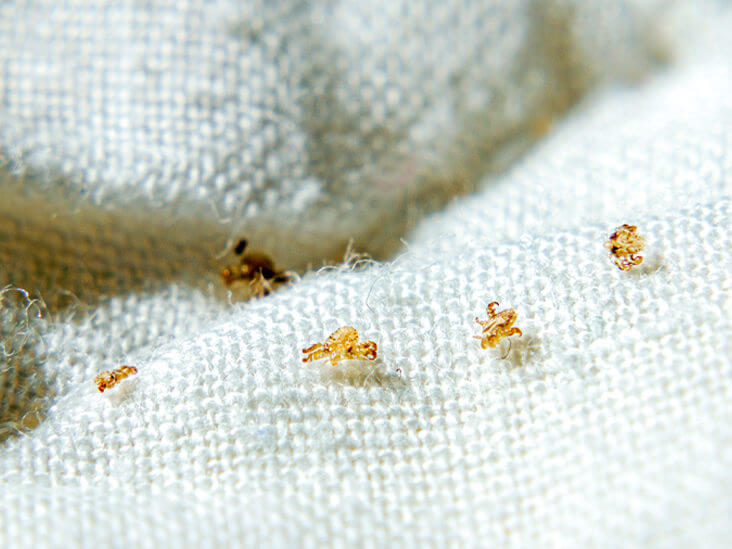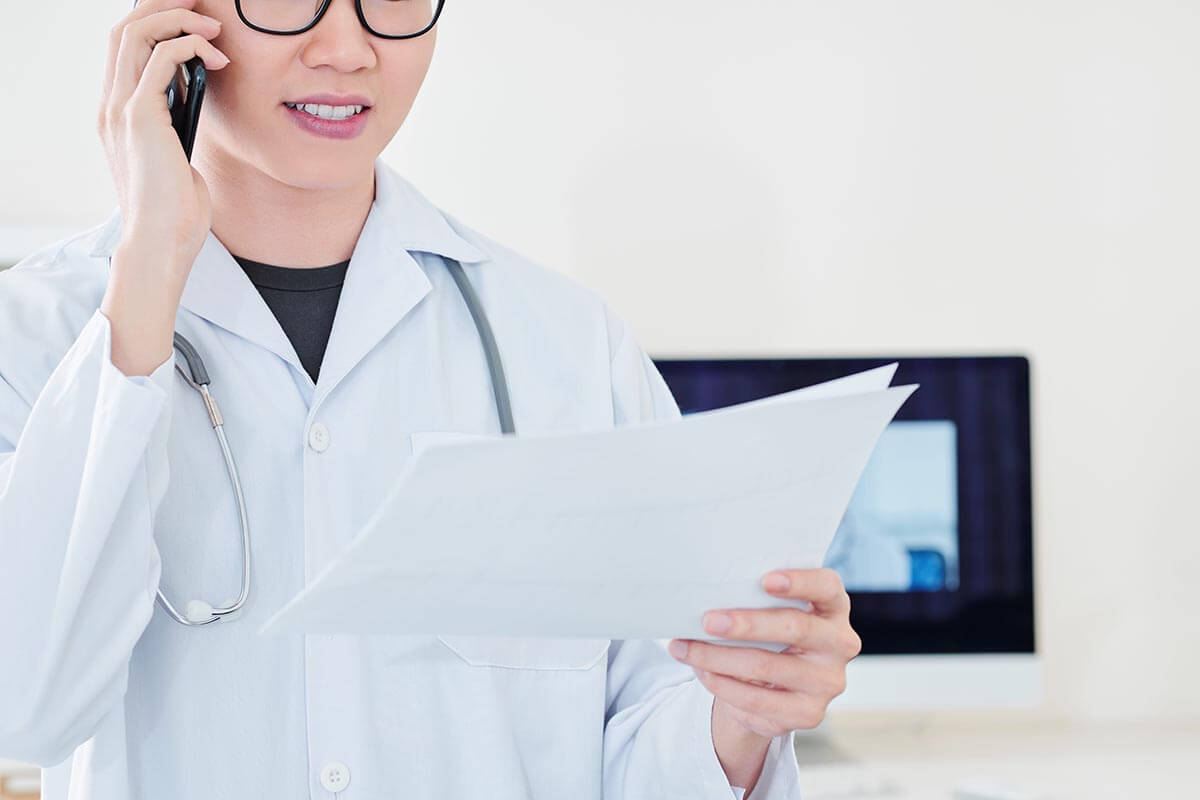Pubic lice — also known as crabs — are small parasites that attach to the skin and hair near your genitals. Crabs aren’t dangerous, and they’re usually pretty easy to get rid of.
Millions of people get infected with pubic lice every year. They are tiny insects that look like tiny versions of the crabs you see at the beach. They live on the skin and coarse hairs that are around your genitals, and they feed on your blood. Pubic lice spread really easily during sexual contact. Pubic lice symptoms include pretty intense itching. But even though pubic lice can be uncomfortable, they don’t cause any serious health problems. It’s usually easy to get rid of them with over-the-counter medicines.
Remember that getting pubic lice doesn’t mean you’re dirty — it has nothing to do with hygiene or cleanliness. Anybody can get pubic lice if they have close, personal contact with someone who has them.
How do you get pubic lice?

Crabs are usually spread through sex because they like to live in pubic hair. Pubic lice move easily from one person’s hair to another person’s hair when their genitals touch or are very close to each other. Most people get crabs during sex, but sometimes they’re spread through other kinds of close, personal contact. You can get pubic lice where other types of coarse hair — like eyelashes, eyebrows, chest hair, armpits, beards, and mustaches — touch places on someone’s body where crabs are. Sometimes pubic lice are spread by using an infected person’s clothes, towels, or bed. Crabs don’t spread through quick, casual touching, like handshakes or hugs. And it’s really, really rare to get crabs from a toilet seat — crabs don’t live very long when they’re away from a human body, and they can’t hang onto smooth surfaces. Even though crabs are into hair, they usually don’t like to hang out in the hair on top of your head. Pubic lice are different from head lice, and you usually don’t get crabs in the hair on your head. Head lice usually don’t show up in the pubic area, either.
What are the symptoms if I have pubic lice?
Usually, the symptoms of pubic lice start about 5 days after you get them. Some people never have symptoms, or they think the symptoms are caused by something else (like a rash). The most common symptom of pubic lice is intense itching in your pubic area. The itching and irritation is caused by your body’s reaction to the crabs’ bites. Pubic lice symptoms include:
- Lots of itching in your genital area.
- Super small bugs in your pubic hair. You can usually see pubic lice by looking closely, or you may need to use a magnifying glass. Pubic lice are tan or whitish-gray, and they look like tiny crabs. They get darker when they’re full of blood.
- Crab eggs (called nits) on the bottom part of your pubic hair. Nits are really small and can be hard to see. They’re oval and yellow, white, or pearly. Nits usually come in clumps.
- Dark or bluish spots on the skin where pubic lice are living. These spots come from the crabs’ bites.
- Feeling feverish, run-down, or irritable.
What’s the treatment for pubic lice?
Pubic lice treatments are easy to use and come in gels, shampoos, liquids, and foam. Most are sold over-the-counter in drugstores, so you can buy them without getting a prescription from a doctor first. You can get stronger medicines for pubic lice with a prescription. If you have lice in your eyebrows or eyelashes, you need a special kind of treatment that you can only get from your doctor. If you’re pregnant or breastfeeding, talk to your doctor before using any treatment. The only thing that will actually get rid of your crabs for good are medicines meant to kill pubic lice. Home remedies like hot baths or shaving don’t work. Treatments that soothe itching (like hydrocortisone cream) can help you feel better, but they won’t cure your pubic lice.
How do I get rid of pubic lice?
Even after you finish the treatment, most of the nits (lice eggs) will stay stuck to your hair. You can pick them off with your fingernails or a fine-toothed comb. Along with using medication, wash or dry clean all of your bedding and towels. Also, wash or dry clean any clothing that you wore while you had crabs. Wash these fabrics on the hottest setting, and dry them on the hot cycle for at least 20 minutes.
You can also put fabrics that can’t be washed in a sealed bag for 2 weeks until the crabs and their eggs die out. You can also vacuum rugs and furniture. You don’t need to call an exterminator or fumigate your home. Tell your sexual partners and anyone else you’ve had intimate contact with during the last month that they may have crabs. You should all treat yourselves at the same time so you don’t re-infect each other. And don’t have sex or any other kind of intimate contact until everyone finishes their treatment and knows their crabs are gone for good. It’s also a good idea to get tested for other STIs.
If you still see live lice after 9-10 days, do the treatment again. And make sure you’ve washed everything you needed to, and that your sexual partners did the treatment too. If the crabs still don’t go away, talk to your doctor.
Source: https://www.plannedparenthood.org/learn/stds-hiv-safer-sex/pubic-lice/how-do-i-treat-pubic-lice



